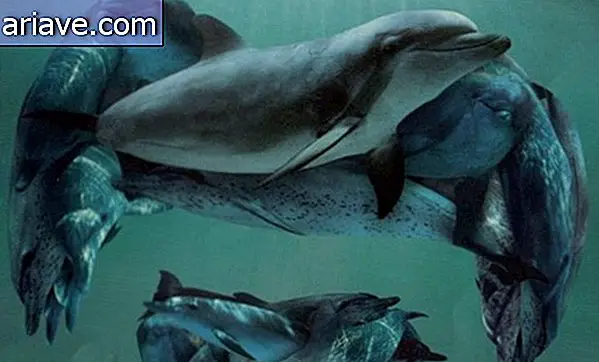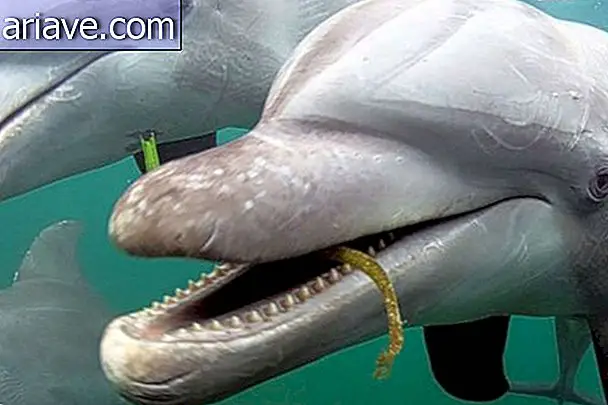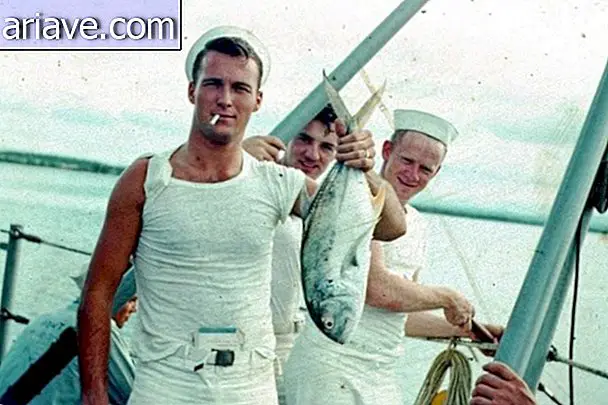This is the face of a queen who lived 1,200 years ago in Peru.
Aren't you impressed by the talent of some forensic artists - those professionals who are dedicated to reconstructing the faces of deceased people? Because the work of the professional we are going to talk about is especially amazing, since it is not a digital reconstruction (but one that was sculpted using various techniques) and it seems that the model has life! Check out:

Queen Wari
The startling reconstruction above was created by Sweden's archaeologist and forensic artist Oscar Nilsson, revealing the features of an ancient Wari queen who was discovered by Peruvian and Polish researchers in a mausoleum known as “El Castillo de Huarmey”, located in the outskirts of Lima, Peru.

In this place, scientists found the bodies of 58 noble women altogether, and among them archaeologists discovered the queen - who was buried in a separate chamber and was nicknamed Queen Huarmey. The analyzes indicated that all the remains belonged to individuals of the Wari people, a culture that existed in Peru between the years 700 and 1000, that is, well before the Incas emerged and dominated the region.






In the queen's case, the researchers found a series of artifacts buried with her, including jewelry, containers, gold objects, a silver chalice and a copper ax for ritualistic purposes. And of course, archaeologists collected the woman's bones - and it was from the nobleman's skull that Oscar created the super-realistic reconstruction of the photo.
Rebuilding the past
According to the artist, not to use the original copy, he subjected the skull to a CT scan to create a three-dimensional digital copy - which, in turn, was used to print a replica identical to the original. He also explained that, for reconstruction, it is vital to know details such as ethnicity, estimated age, gender and approximate weight.

Oscar knew that the queen was at least 60 years old when she died and, after consulting databases containing information about pre-Columbian cultures and elites - that is, the peoples who inhabited the Americas before the arrival of Europeans - and photos From indigenous groups that live near the Castillo de Huarmey, the artist calculated the thickness of the structures (such as muscles, fat, skin, etc.) that covered the woman's skull.
The archaeologist then positioned 30 different-sized plastic pins at specific points on the skull and began to "sculpt" the queen's face. He recreated the muscles of his face as well as his nose, eye contour and lips, and after finishing this step, positioned his eyes in his orbits, covered everything with a layer of “skin” - which was worked to include details such as pores and wrinkles - and made a mold to produce a silicone mask. See the following process:





This last step was what allowed Oscar to give such reconstruction realism. Finally, he wore real Peruvian hair - bought in Peru by archaeologists who discovered the queen! - which were inserted thread by thread into the scalp of the model, and placed replicas of the jewels that were found with her in the tomb in her ears. And do you know how long it took him to finish the job? A total of 220 hours!

In fact, if it has occurred to you that these reconstructions do not portray people as they really were, it is worth noting that the results are very close indeed. So much so that of the unknown victims of crime, about 70% of them are identified after forensic reconstruction is performed.











